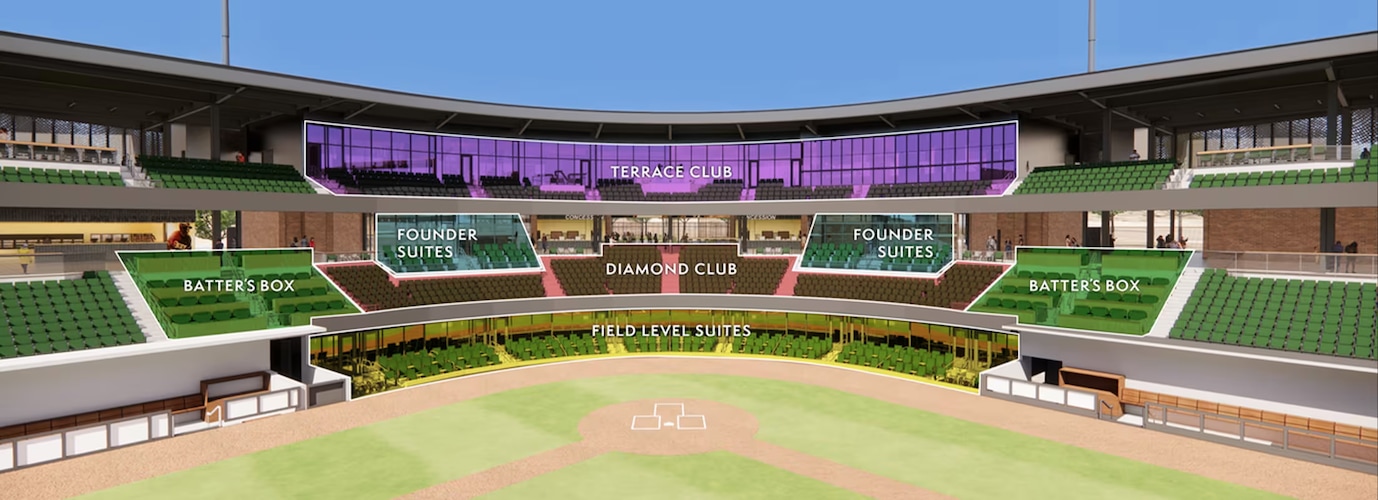The spring legislative season is always exhausting, but at least we’re already up to … April 11, is that all that it is? At least we can hope that all the team owners lining up for stadium and arena money have already gotten their bills submitted, though plenty of subsidy demands have emerged this late or later: Today is in fact the second anniversary of the Maryland legislature approving $1.2 billion in public money for renovations for the Baltimore Orioles and Ravens (a number that would eventually grow to an unlimited number depending on how much in taxes comes in) essentially without warning, so it wouldn’t be that much of a shock to see a surprise demand emerge from out of nowhere.
And speak of the devil:
- Hamilton County and Cincinnati Bengals owners the Brown family have declared that if the state of Ohio is set on giving $600 million in tax money to the Cleveland Browns for a new stadium, it should also give $350 million to the Bengals for renovations. The entire renovation plan would cost $830 million and would include a new scoreboard, suite upgrades, new roof canopy, new seating, and improved walkways, escalators, and elevators — which sounds like a lot for that work, honestly, unless the suite bathrooms would be getting diamond-encrusted faucets — and would presumably include county money as well, though officials didn’t specify how much. “Our lease ends before theirs,” griped Hamilton County commissioner Stephanie Summerow Dumas. “Just wondering why is there so much focus on the Browns.” (Hmm, can’t possibly imagine why.) No word on whether the Bengals owners would tear up that insane state-of-the-art clause in their lease as part of the deal, you would think that would be important to ask, I’m looking at you, Cincinnati Enquirer.
- Newly appointed West Sacramento Athletics president Marc Badain has declared that the team is still on track for a June groundbreaking for its Las Vegas stadium, blaming “skeptics” and “negativity” for the idea that John Fisher may not be able to find $1.15 billion in construction costs on top of the $600 million he’s set to get from the state of Nevada. “There’s a lot of people that make a living out of questioning the success of sports venues and what they actually do for a community,” said Badain, and while on the one hand I feel seen, I do question his description of this as “making a living,” as well as questioning whether a groundbreaking actually means you’re going to build a stadium given that just about anyone with a few shovels can hold one — whoops, there I go with the skepticism again, Badain sure has me pegged!
- The Denver city council has some skeptics about spending $70 million for land and infrastructure for a NWSL stadium, with councilmember Sarah Parady saying, “We are facing the collapse of global financial markets. … I think we’re gonna be sitting here in a year [and] we will have paid in our amount of money from our incredibly scarce dollars that we are going to need for so many fundamental needs in the city.” Also concerning is the estimated additional $80 million in property taxes the city would be giving up by agreeing to buy and own the land under the stadium, according to University of Colorado-Denver economist Geoffrey Propheter, who is not only a local but also the expert in calculating such things.
- Just a few months after $900 million in tax money was approved for upgrades to the Utah Jazz and Utah Hockey Club‘s Delta Center and the Salt Palace convention center, Utah Gov. Spencer Cox’s office abruptly expanded the project’s TIF district last Friday to also redirect taxes from two luxury hotels, an apartment tower, and parking facilities on an adjacent block, providing an additional $59 million in tax money kicked back to the developer, according to Propheter. (That developer would be Jazz and Hockey Club owner Ryan Smith — quelle coincidence!) Then on Tuesday the Salt Lake City council unanimously approved creating the embiggened tax district, with councilmember Victoria Petro bemoaning that “we had no options” but adding that “there is no decimal point here that has been taken with anything less than the gravest consideration,” assuming the gravest consideration can be applied in just two work days.
- “Salt Lake Bees’ new stadium in Daybreak expected to bring economic impacts, growth to local businesses” was the headline on Utah’s ABC4 website on Tuesday, and if you’re wondering “expected by whom?” and your guess was the owner of a single local coffee shop, you’re a winner!
- Bridgeport, Connecticut now has an idea for how to pay for a $75 million minor-league soccer stadium, and it’s a TIF district, surprise, surprise. Also the full cost would now be $100 million, and would involve additional state money as well, but who can put a price on being one of the umpteen million cities to have a team in one of the nation’s two warring sets of soccer leagues?


